The Lunar New Year or Spring Festival generally falls between January 21 and February 20 each year, for more than 20 years in the 13th arrondissement.
Located during the second new moon, since the winter solstice, it is accompanied by traditional parades. Among Vietnamese, the Chinese New Year is called Tet Day. It is also celebrated in Vietnam, Korea, Singapore, Malaysia, Indonesia and the Philippines.
The Asian community of the 13th arrondissement of Paris has just celebrated the New Year with parades with great fanfare in the presence of the Mayor of the arrondissement Jérôme Coumet, the President of the IDF region, Valérie Pécresse, the Mayor of Paris, Anne Hidalgo and representatives of associations… On this occasion, dragons and lions returned to the streets of Paris after 3 years of absence, to the delight of residents and tourists.
Since January 22, the date of the Lunar New Year 2023, the festivities have started in the district, they will end after 2 weeks with the Lantern Festival. The town hall of the 13th arrondissement has organized many activities in order to discover the traditions of Southeast Asia to celebrate the new year. The traditional red color was in order to adorn the streets and decorate the shop windows, as were soft toys bearing the image of the water rabbit (cat among the Vietnamese), symbol of the year.
A costume parade
The first major parade took place in 1989; it was organized by the ARFOI (Association of Residents in France of Indochinese Origin), the Paris Store group and local associations. This year, 2 new associations have joined the twenty of them already present. These are the CROSIF (IDF Regional Olympic and Sports Committee) and the APIPD (Association for the Information and Prevention of Sickle Cell Disease).
The choreography brought together several groups of dancers wearing traditional costumes. The Association Amicale des Cantonais presented folk dances including the Yangko dance. We also noted the presence of the army of monkeys.
The parade left around 1 p.m. after the interventions of political figures and diplomatic representatives including Mr. Chen Dong from the Chinese Embassy in Paris and associations including the President of ARFOI, Mrs. Chang Kaing. The ceremony began with the awakening of the sacred animals. The stellar Taoist divinity, governor of the northern sky Xuanwudadi (whose temple is located on rue du Disque (75013)) closed the procession.
The route was the same as in previous years, a triangle avenue d’Ivry, avenue de Choisy, boulevard Masséna and back to avenue d’Ivry.
Iion dance
The highlight of these festivities was the magnificent parade, colorful, organized by local associations. It is characterized by the lion dance to the rhythm of drums, gongs, cymbals and the sound of firecrackers. Tradition has it that the lion goes from door to door to claim his New Year’s gifts (hong bao 红包, the famous red envelope). The gifts and vegetables (symbolized by a lettuce) are held at the top of a pole that the lion must reach. Once reached, he swallows the lettuce then spits it out in pieces before greeting the spectators. Coming from an ancient legend of the Tang Dynasty, the Lion Dance represents the fight against evil and is a symbol of prosperity and peace to start the year under good auspices. This is why it occurs during cultural celebrations, religious festivals or business openings.
To perform the lion dance, you need 2 dancers, often from a martial arts school, wearing a lion costume and moving to the rhythm of the music. We can also add that this spectacle is specific to Asia and that the lion only appeared in China under the Han dynasty (-206 to 220), during the introduction of Buddhism in the Middle Kingdom. It comes from the Chinese mythological bestiary like the dragon, the phoenix or the qilin. Incarnation of the lucky animal, it fends off the Nianshou monster that devours the crops at each spring festival.
In addition, there are 2 kinds of lions: from the north (north of the Changjiang River) and from the south (in Southeast Asia). Northern lions move in pairs and wear bows on their heads (red for the male and green for the female). Southern lions wear a unique horn like the unicorn. Their dance is divided into 2 main styles (Foshan from the kung-fu schools and Heshan created at the beginning of the 20th century). We also notice that there are 6 kinds of lions, with a yellow, red or black face; the colors indicating the ages (white the oldest; golden yellow the middle child; black the youngest). The golden lion represents liveliness, red courage and green friendship.
Dragon dance
Like the lion dance, the dragon dance is a traditional dance in Chinese culture. While the lion dance requires only 2 people, the dragon dance uses ten. It is also called « dancing with the dragon lantern in hand ».
The dragon lantern is made with bamboo slats, silk and paper lanterns. The dragon’s head, body and tail are made with bamboo slats. The fine and transparent silk is then glued to the slats, finally the palps, the scales and the legs are painted on the silk.
The shortest dragons consist of 3 parts, the longest more than 10 but always in odd numbers. A handle is installed under each part so that the dancers can manipulate it.
The Year of the Water Rabbit
The Chinese astrological calendar has a cycle of 12 years, each symbolized by an animal (Rat, Ox, Tiger, Rabbit, Dragon, Snake, Horse, Goat, Monkey, Rooster, Dog and Pig). Each year is also associated with one of the 5 elements (Wood, Fire, Earth, Metal and Water). Each combination returns every 60 years. The animal associated with the element represents terrestrial and celestial energies.
The rabbit is the 4th Chinese zodiac sign. While the Jade Emperor wanted to decide between the most virtuous of the 12 animals, the rabbit did not hesitate to throw himself into the fire to serve him as dinner. The emperor saved him by catching him by the ears and installing him in the Palace of the Moon. From this episode, emerges his sagacity in choosing the right moment to act and the purity of his universe. Just like the rabbit, you have to be generous and supportive in adversity.
The year 2023 of the Water Rabbit will be one of growth and innovation. Introspection, calm and reflection will be at the rendezvous. No decision-making, but prosperity and harmony.
The Water Rabbit is gentle, friendly, able to adapt easily to different conditions but with a weak mindset and principles. He is optimistic and ready to face all the pitfalls.
Rabbit natives were born in 1915, 1927, 1939, 1951, 1963, 1975, 1987, 1999, 2011 and 2023.
Views: 0


















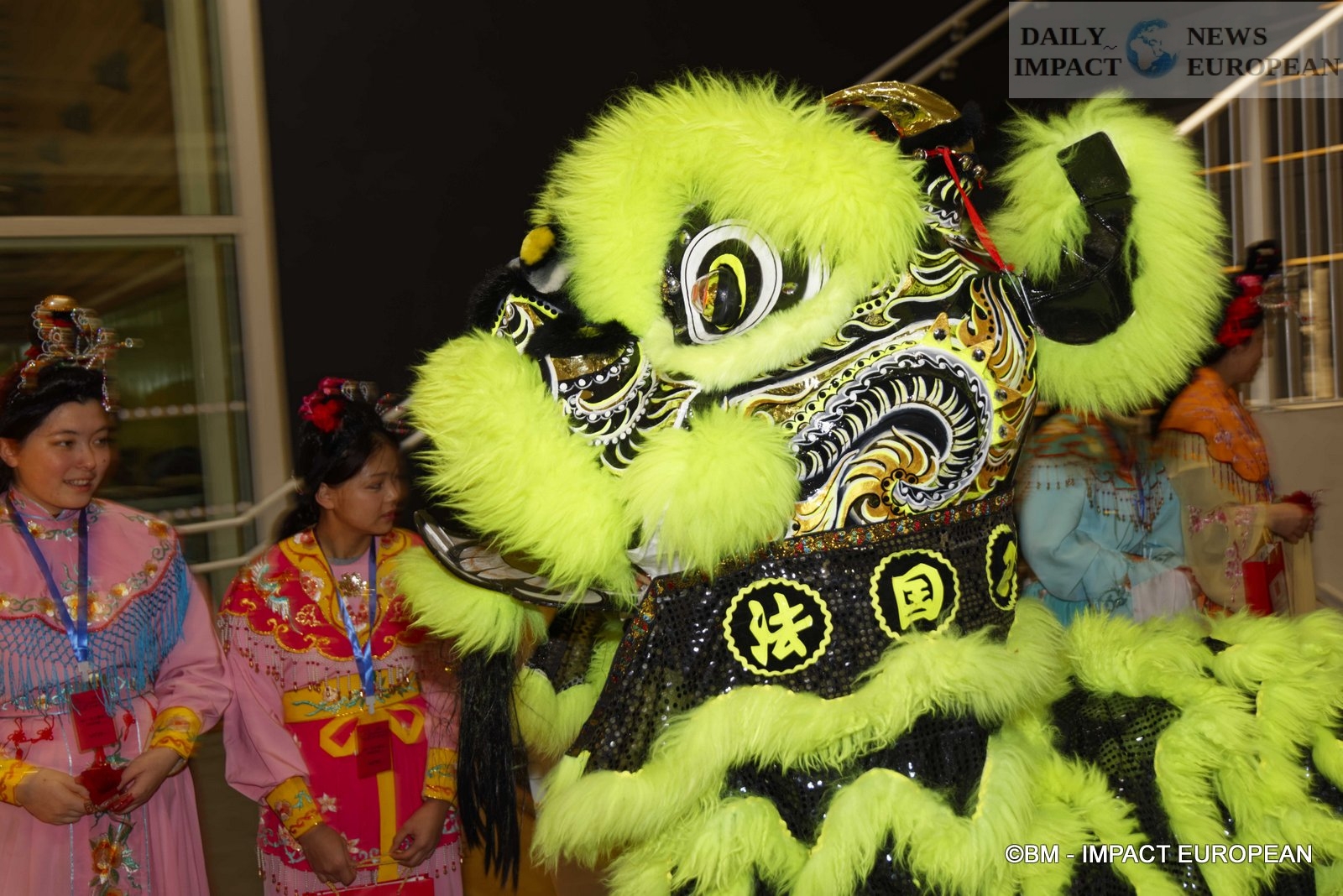























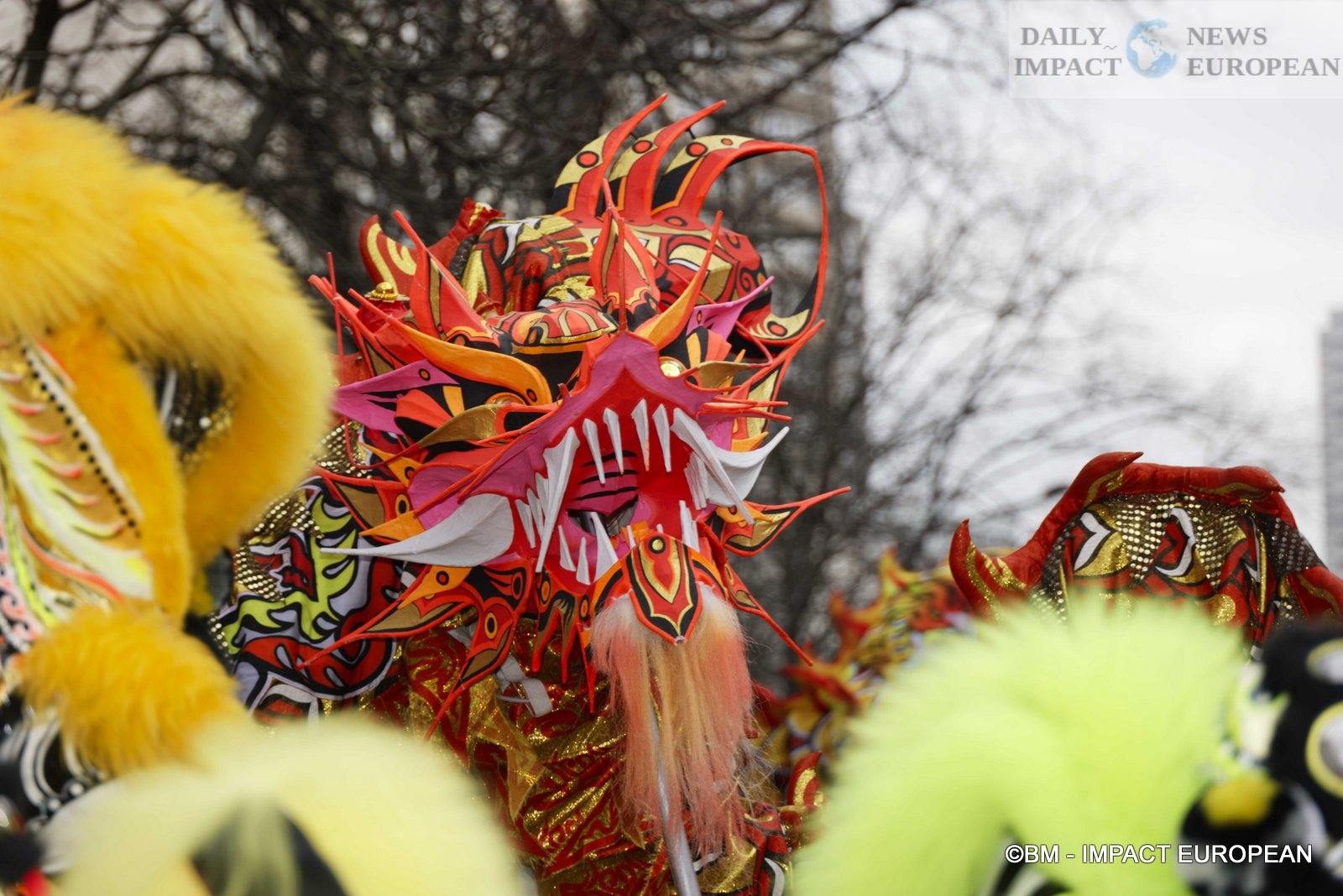






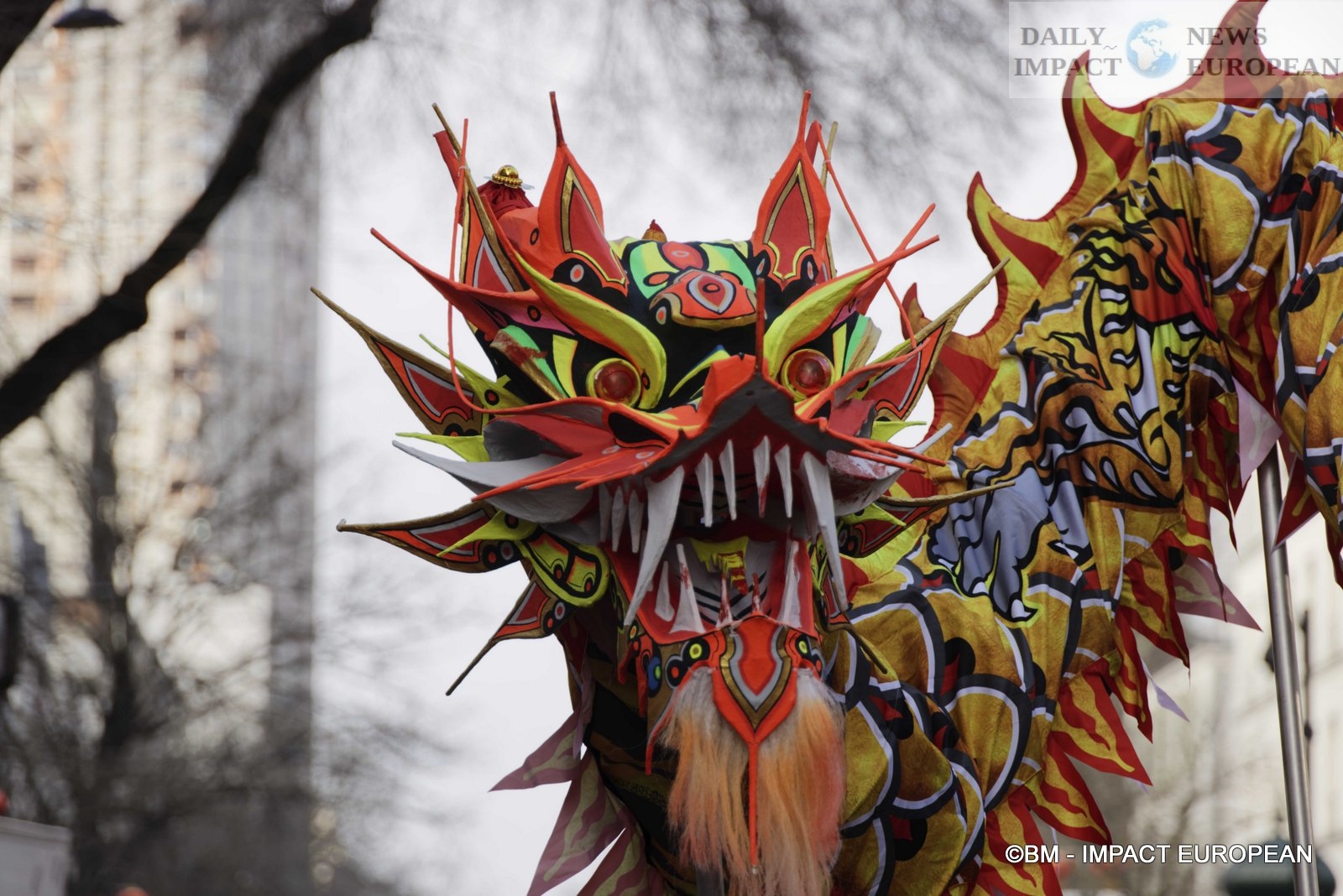

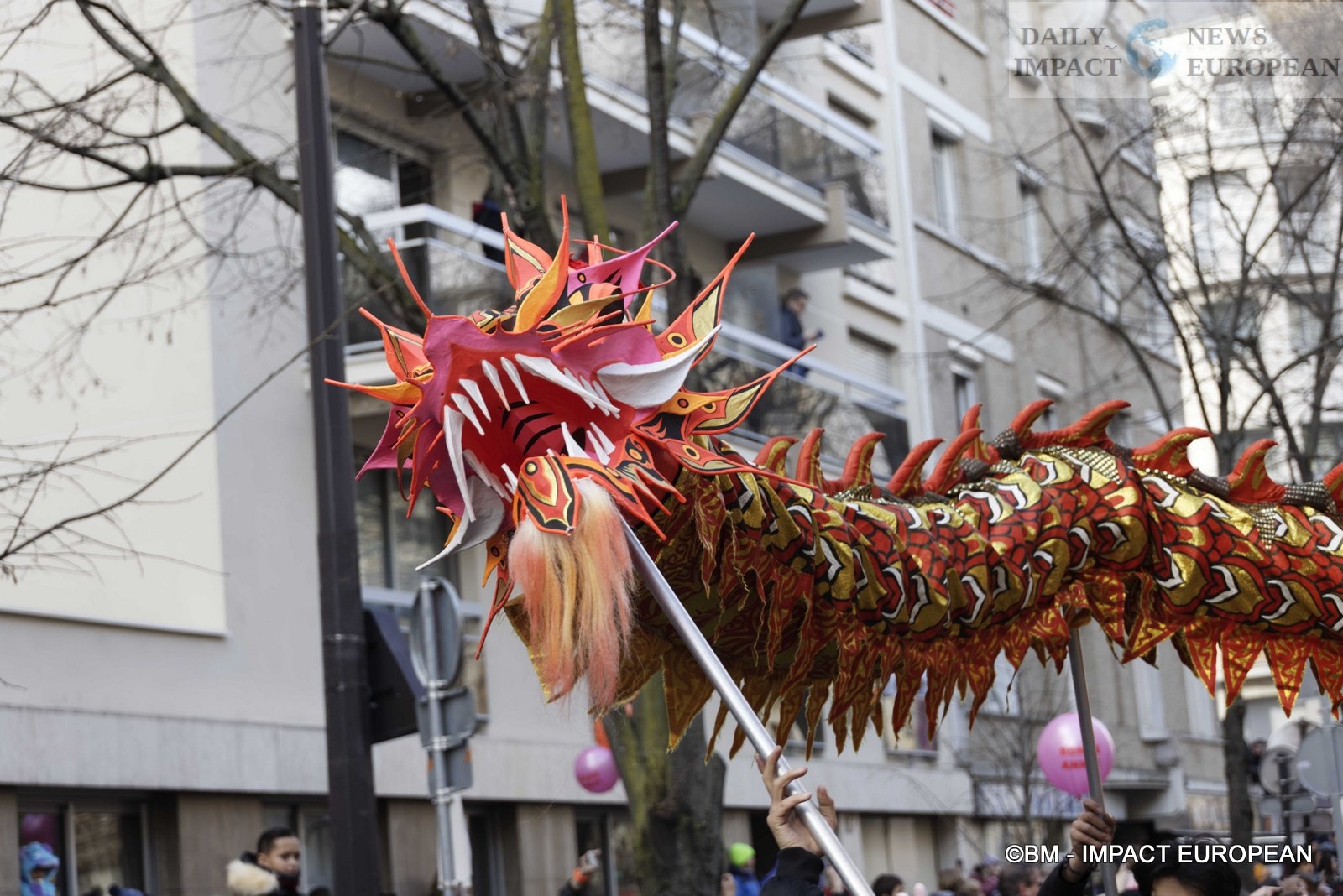
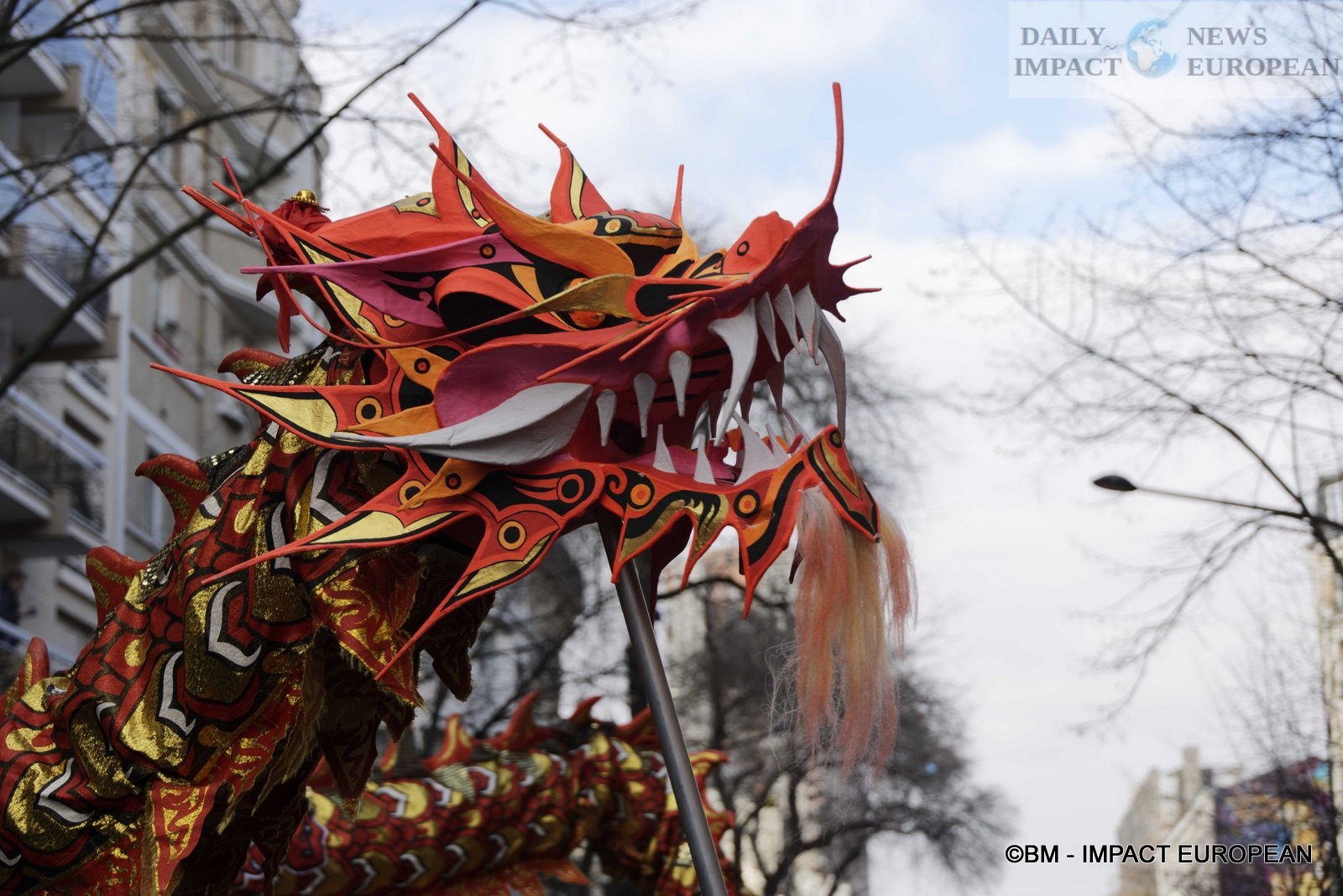

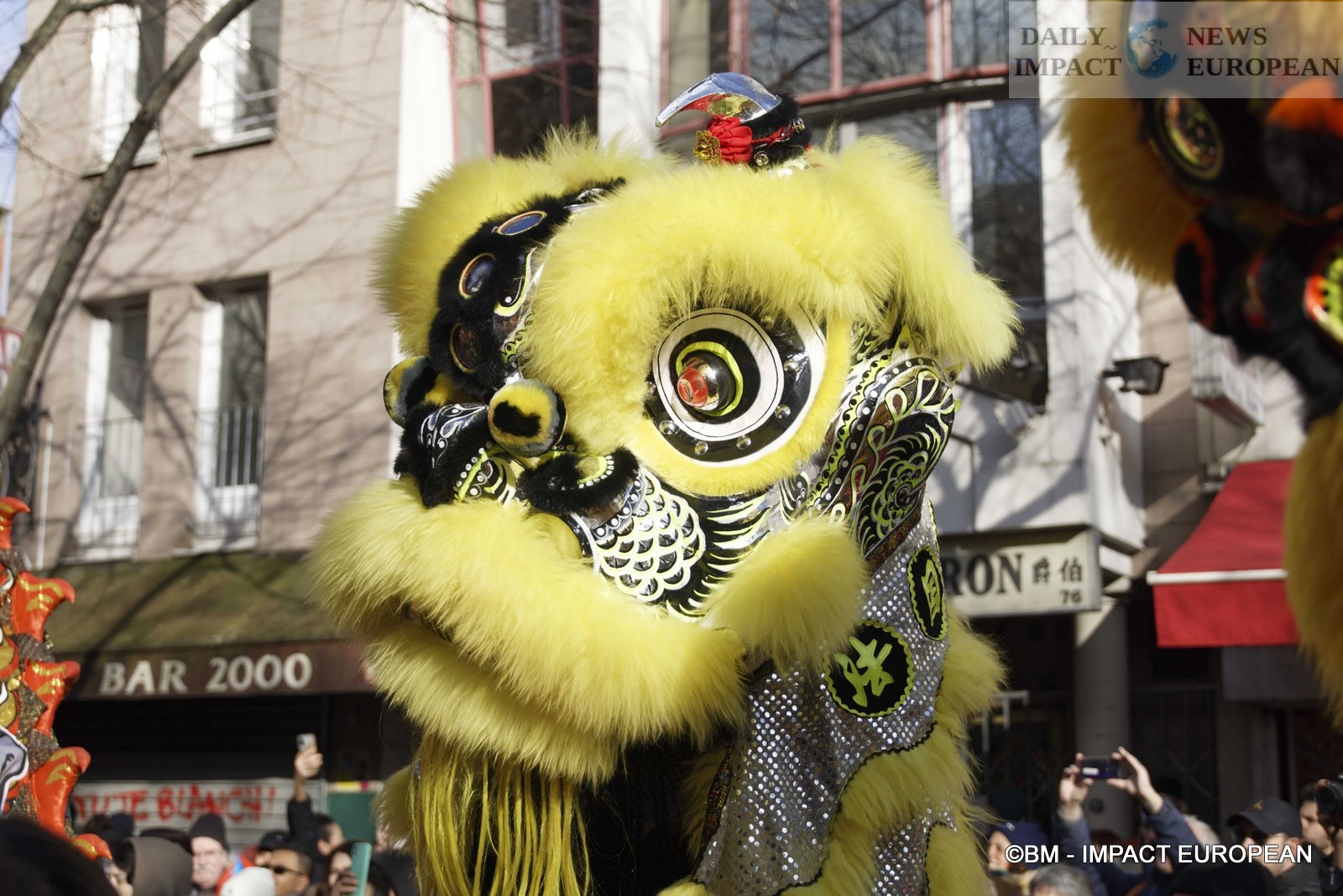
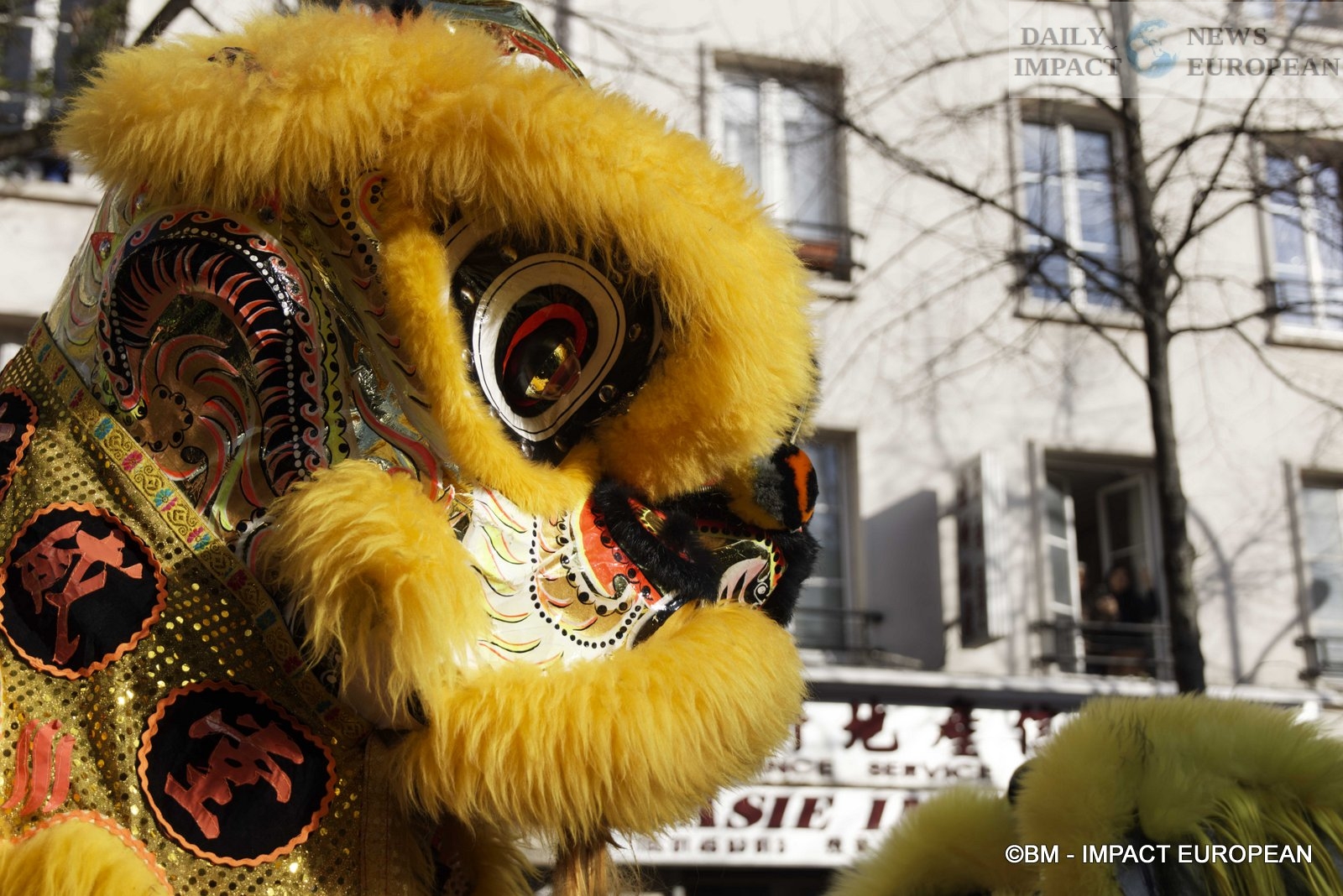








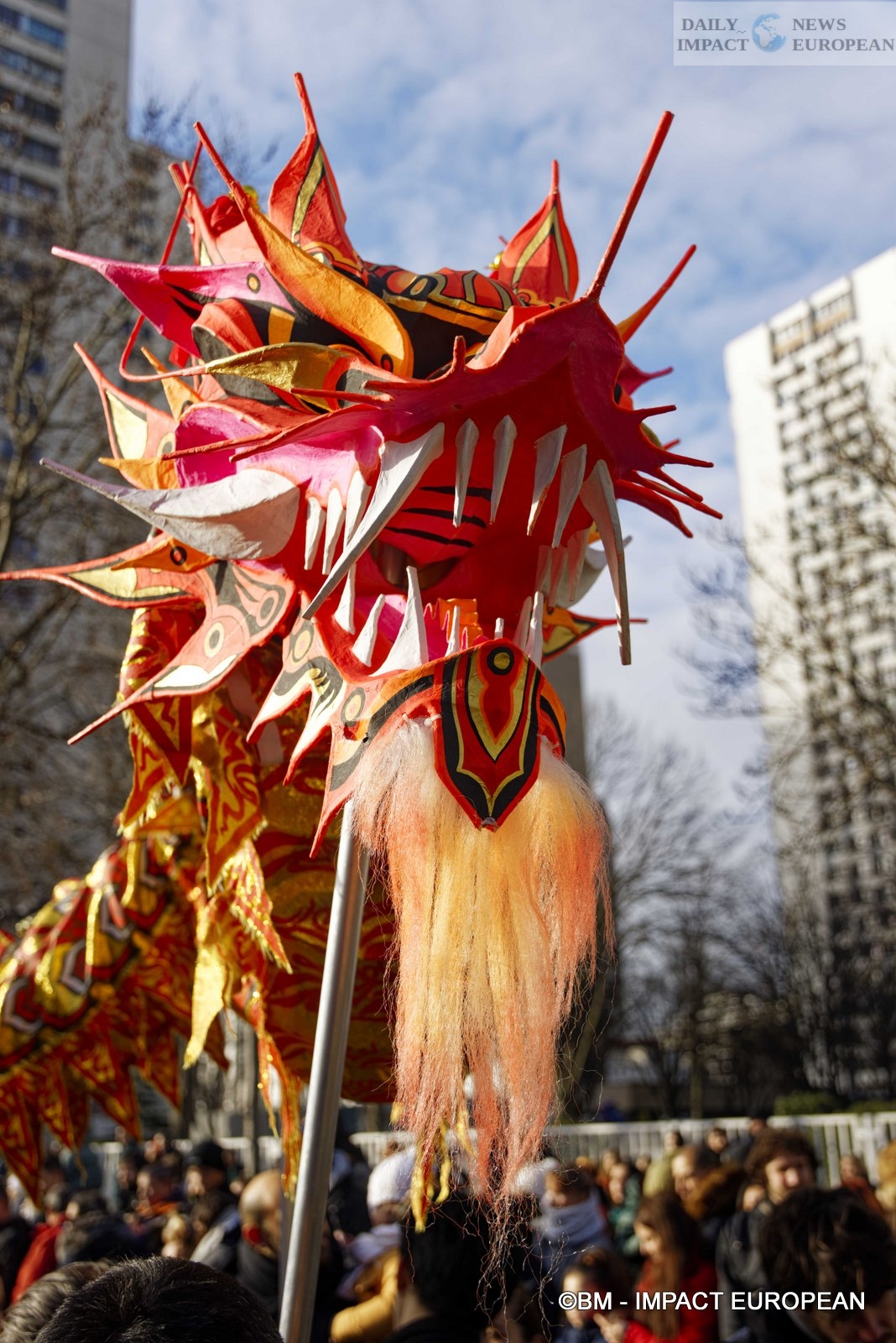





Plus d'histoires
France: Thousands of Doctors March in Paris Against “Authoritarian Drift” in Healthcare System
Agricultural crisis: farmers bring protests to Paris over EU–Mercosur deal
In Paris, Ukraine and Its Allies Seal Security Guarantees for a Lasting Peace